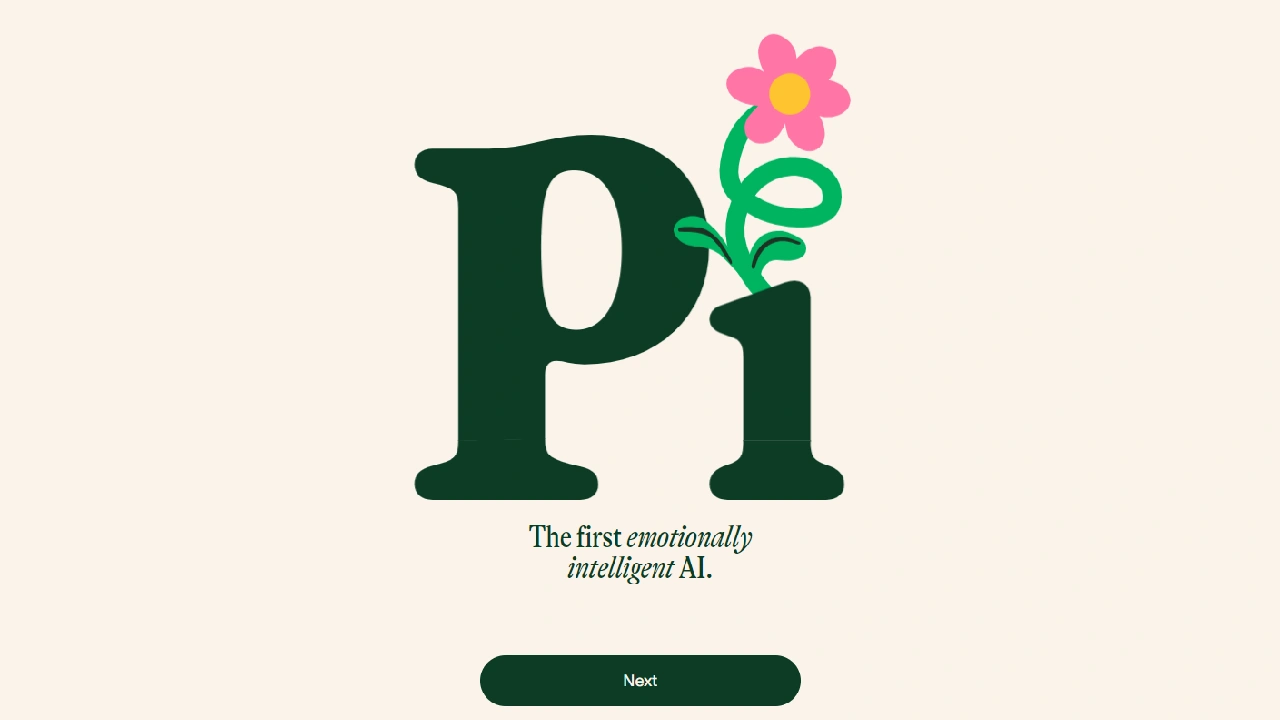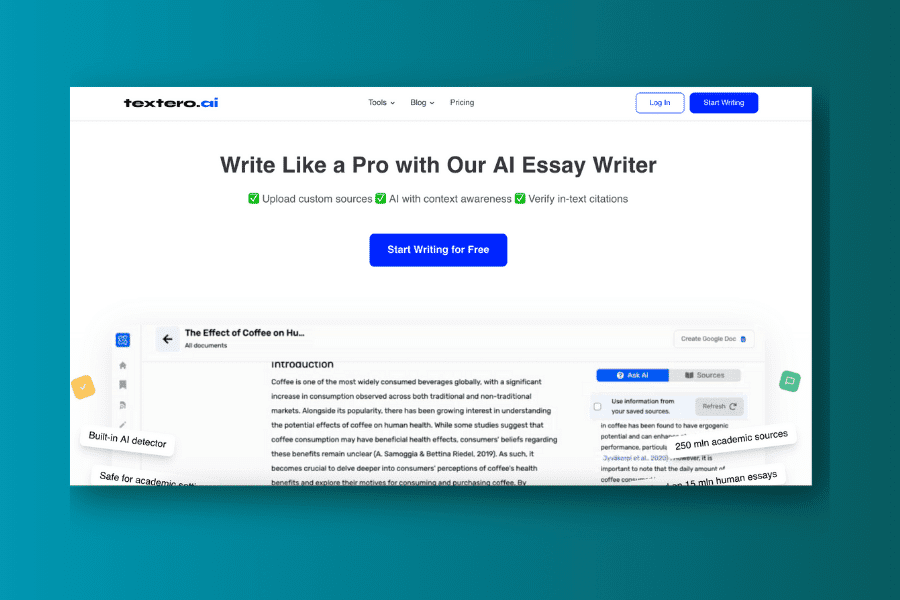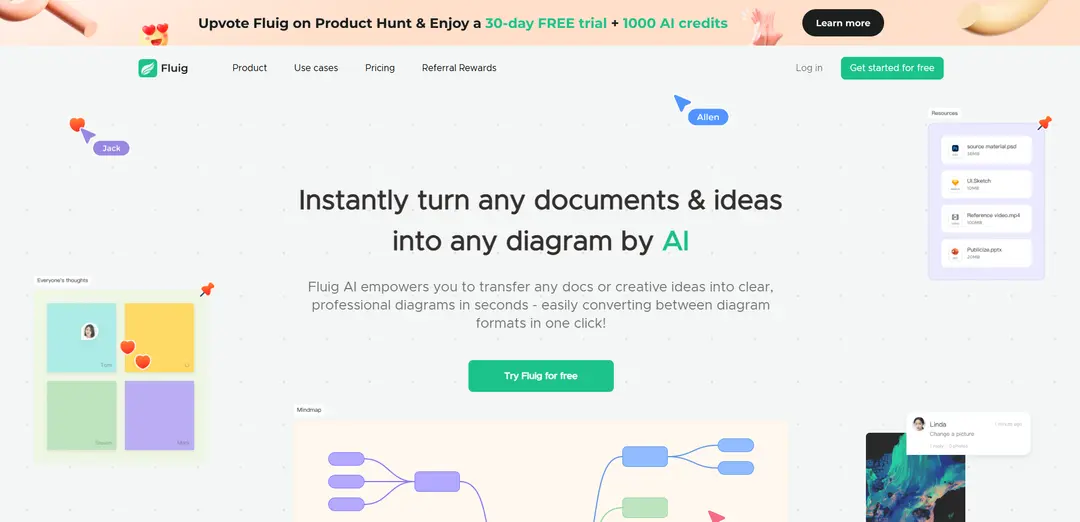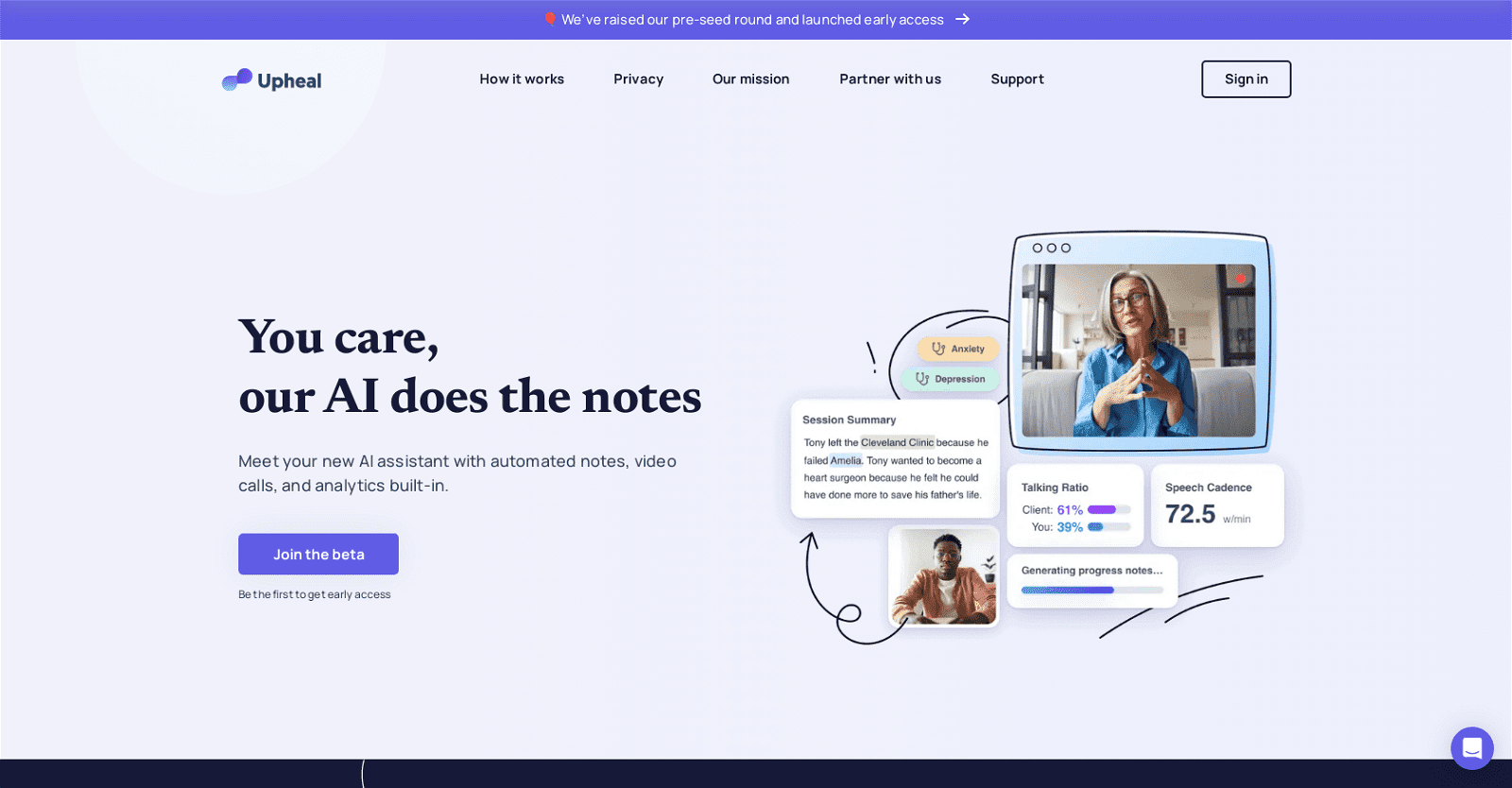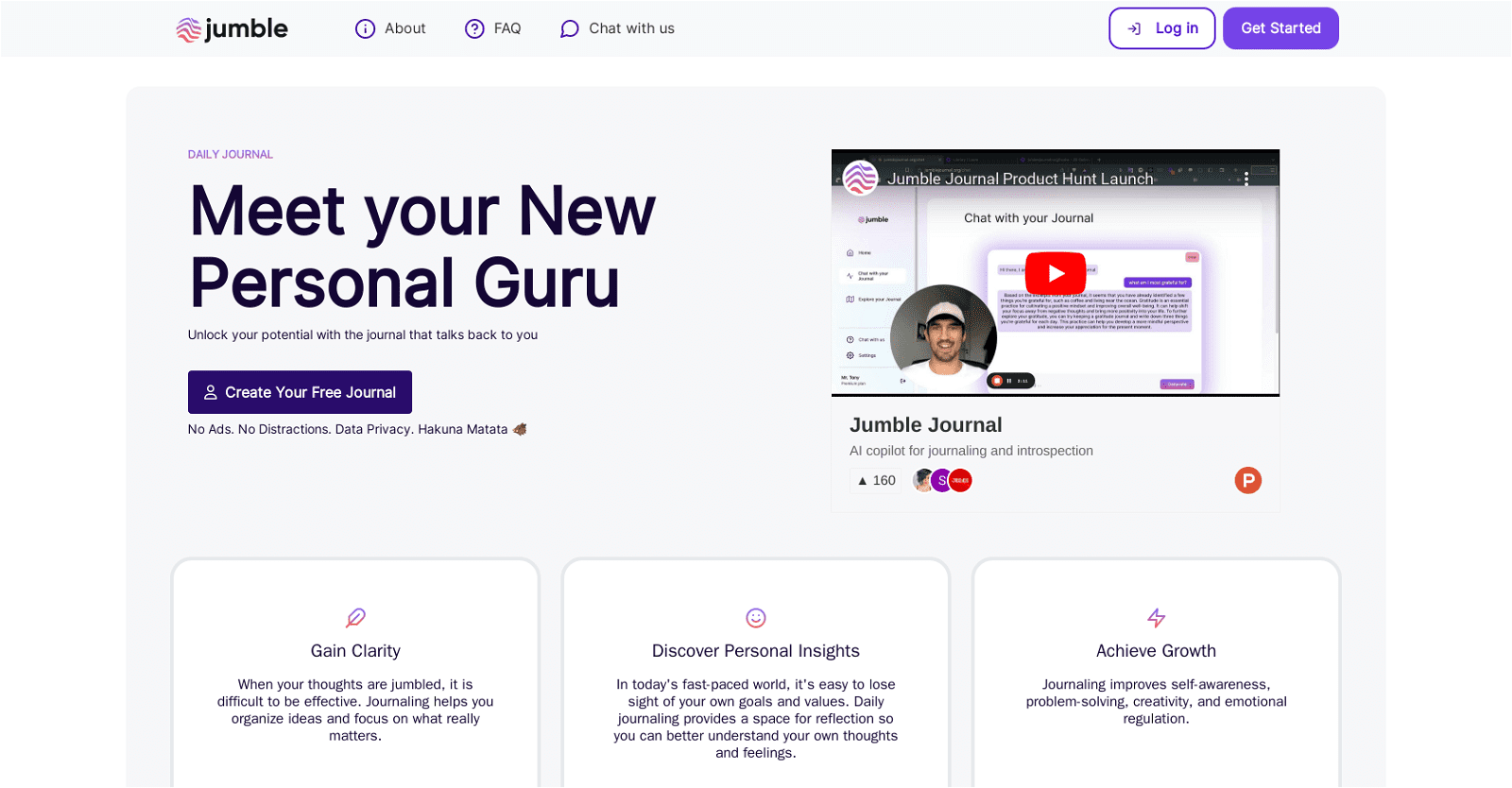Pi is a personal AI companion designed to offer support and engage in conversations with users. It presents itself as an intelligent and ever-available resource for users to ask questions and seek advice across a range of topics.
The tool appears tailored for personal use, providing a platform for users to interact with an AI in a conversational manner reminiscent of human dialogue.
While the exact workings of Pi are not explicitly stated, it’s uncertain whether it relies on pre-defined responses or employs natural language processing to adapt to user input. However, it seems to function as a virtual assistant focused on establishing an emotional connection with users seeking support.
There’s a possibility that Pi integrates machine learning algorithms to comprehend user preferences and evolve its responses over time, catering to individual needs.
Pi’s primary objective appears to be offering emotional support and addressing inquiries rather than executing specific tasks like scheduling or automation. Overall, Pi positions itself as a companion, providing users with a listening ear and a platform for expressing thoughts and emotions.
The tool seems targeted at individuals seeking emotional support or a sympathetic presence, rather than businesses in need of automation solutions.
More details about Pi
Does Pi have predefined responses?
The specifics regarding whether Pi utilizes predefined responses are not confirmed. However, given its AI nature, it’s plausible that it may initially rely on preset responses as part of its response mechanism.
What does Pi mean by offering emotional support?
Pi’s offering of emotional support likely involves leveraging its AI capabilities to comprehend and respond to the user’s emotions or concerns empathetically. It aims to provide companionship and potentially offer guidance in navigating emotional challenges.
Does Pi use machine learning algorithms?
While not explicitly stated, it’s conceivable that Pi incorporates machine learning algorithms to analyze user interactions and adapt its responses over time. This is a common feature in AI applications of this nature.
Can Pi understand my preferences over time?
Although not explicitly outlined on the website, Pi could potentially learn and understand user preferences over time through the utilization of machine learning algorithms. This capability would enable Pi to tailor its responses more effectively based on user interactions and feedback.
